DP World Endorses Green Shipping Corridor in Push for Sustainable Maritime Trade
3BL Media
DECEMBER 14, 2023
VANCOUVER, Canada, December 14, 2023 /3BL/ - DP World , a global leader in integrated supply chain solutions, has endorsed a new Memorandum of Understanding (MOU) aimed at establishing an international green shipping corridor linking Canada’s West Coast with ports in Asia and the Middle East.

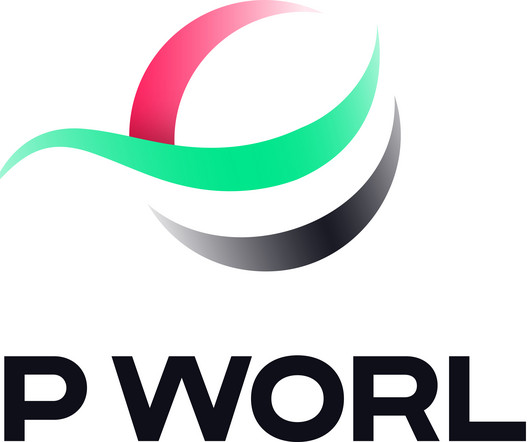
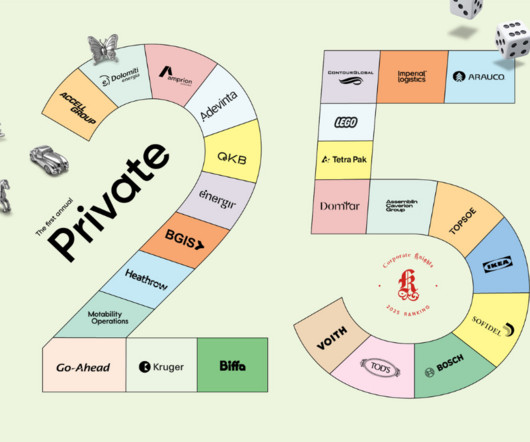
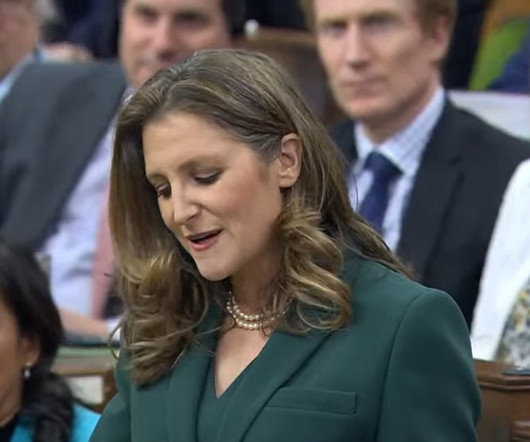
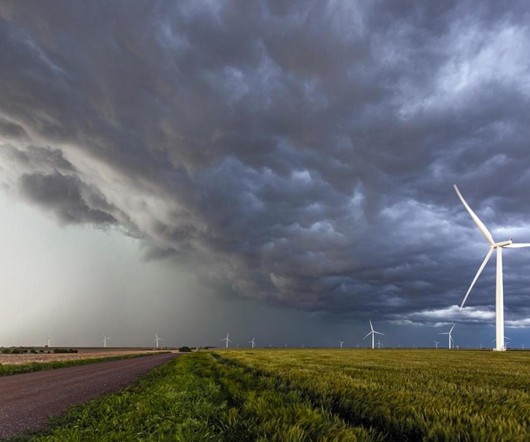
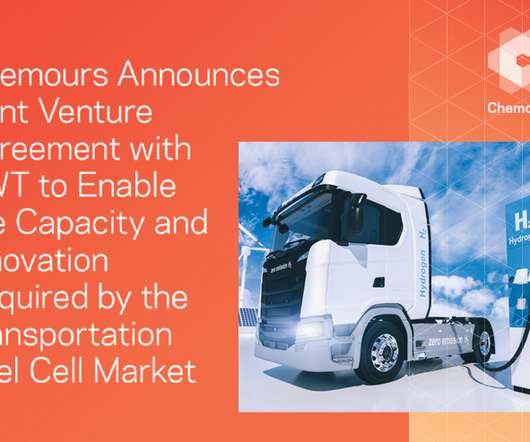


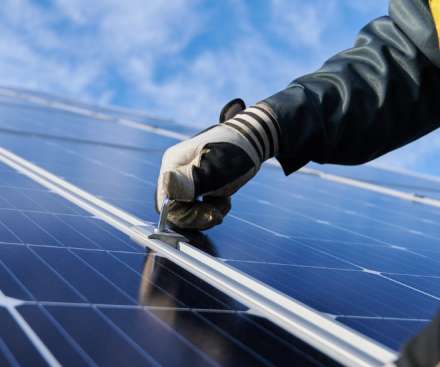








Let's personalize your content